Description
HERB Dill – PICTORIAL Packet
HERB Dill – PICTORIAL Packet. 3 ft. plant with strongly aromatic foliage, stems, and heads. Popular aromatic plant for flavoring purposes. Dill is used fresh or dry to flavour many kinds of food. Leaves add zest to salads, soups, stews, dips, sauces, fish, omellettes and vegetables.
Cultivation For
- Dill prefers to grow in a location that receives full sun, but it can tolerate partial shade.
- Plant dill in well-draining soil with good airflow. It’s best to sow seeds directly in the garden where the herb will grow.
- Ensure the soil is loose and fertile. Dill grows well in moderately rich soil with a pH between 5.5 and 6.5.
- Work organic matter like compost or aged manure into the soil before planting.
- Sow dill seeds directly into the prepared garden bed or container. Scatter the seeds lightly and cover them with a thin layer of soil.
- Space the seeds or seedlings approximately 12-18 inches apart to allow for their full growth.
- Keep the soil consistently moist during the germination period. Water dill regularly, ensuring the soil remains evenly moist but not waterlogged.
- Apply a layer of mulch around the base of the plants to retain soil moisture and suppress weed growth.
- Dill generally doesn’t require heavy feeding. If needed, incorporate a balanced fertilizer into the soil before planting or use a diluted liquid fertilizer during the growing season.
- While dill doesn’t usually need staking, tall varieties might benefit from support in windy conditions. Stake them gently to prevent bending or breaking.
- Begin harvesting dill leaves once the plants reach about 8 inches in height. Snip off the outer leaves with scissors or pinch them off.
- For dill seeds, allow the flower heads to mature and turn brown. Harvest the seeds by cutting the flower heads and placing them upside down in a paper bag to catch the seeds as they dry and fall.
- Watch for common pests such as aphids or caterpillars. Handpick pests or use organic insecticidal soap as needed.
- Ensure good airflow around the plants to prevent fungal diseases, and avoid overhead watering.
- Dill is known to attract beneficial insects such as ladybugs and predatory wasps while repelling some pests. Plant it alongside vegetables like cabbage or lettuce.
- Dill leaves and seeds are versatile in the kitchen, commonly used in pickling, flavoring fish, salads, dressings, and various dishes, imparting a fresh, slightly tangy flavor.
- Sow dill seeds successively every few weeks for a continuous harvest throughout the growing season. This ensures a fresh supply of leaves for culinary use.
- Water dill plants deeply but infrequently. Aim for thorough watering sessions, allowing the soil to dry slightly between waterings to prevent root rot.
- Ensure the soil is well-draining to avoid waterlogging.
- Continuously harvest dill leaves from the outer parts of the plant to encourage bushier growth and prevent the plant from going to seed too quickly.
- For dill seeds, allow the flower heads to mature fully and turn brown on the plant before harvesting. Gently shake or cut the flower heads into a paper bag to collect the seeds.
- Dill adapts well to container gardening. Choose a deep pot to accommodate its taproot and ensure proper drainage.
- Place the container in a sunny location and provide support for taller varieties if needed.
- Dill is sensitive to cold temperatures. If frost is expected, cover young dill plants with row covers or cloths to protect them from damage.
- Regularly pinch or trim dill plants to encourage branching and fuller growth. This practice also delays flowering and extends the harvest period.
- To preserve dill leaves, air-dry them by tying small bunches together and hanging them upside down in a well-ventilated area. Once dried, store the leaves in airtight containers.
- Store dill seeds in a cool, dry place in airtight containers to maintain their flavor and potency.
- Dill attracts beneficial insects like pollinators and predatory wasps, contributing to a healthier garden ecosystem. Allow some plants to flower to attract these beneficial insects.
- Explore diverse culinary uses for dill, such as flavoring sauces, soups, stews, marinades, and as a garnish for various dishes.

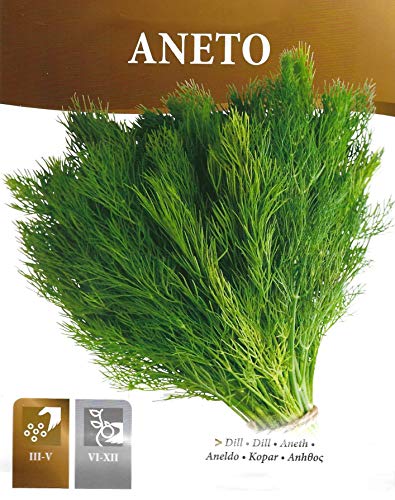
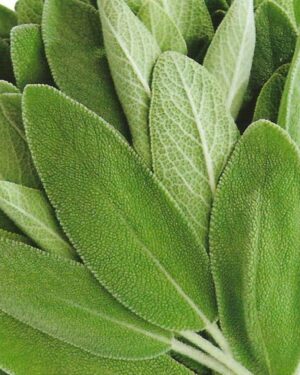
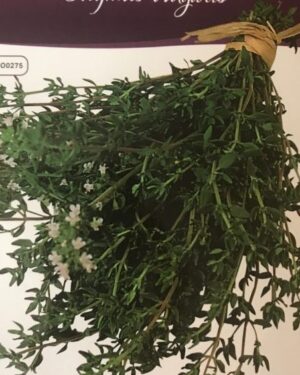

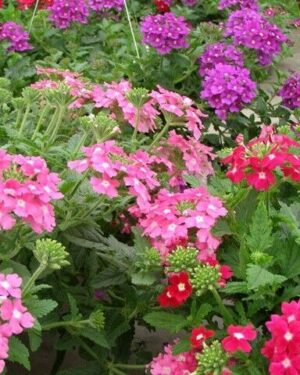
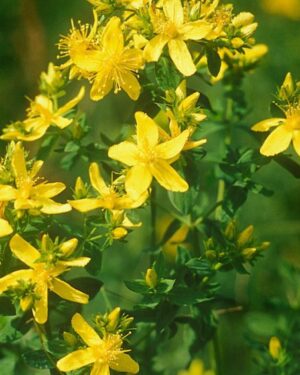

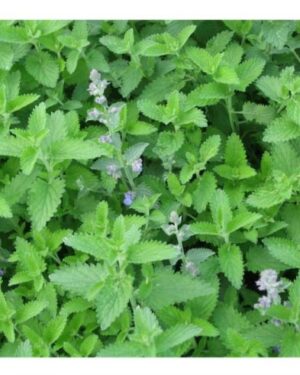
Reviews
There are no reviews yet.